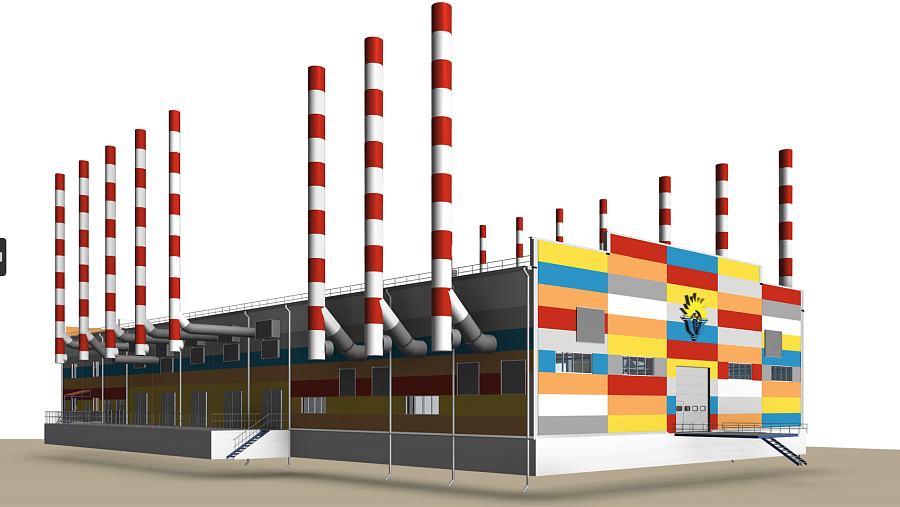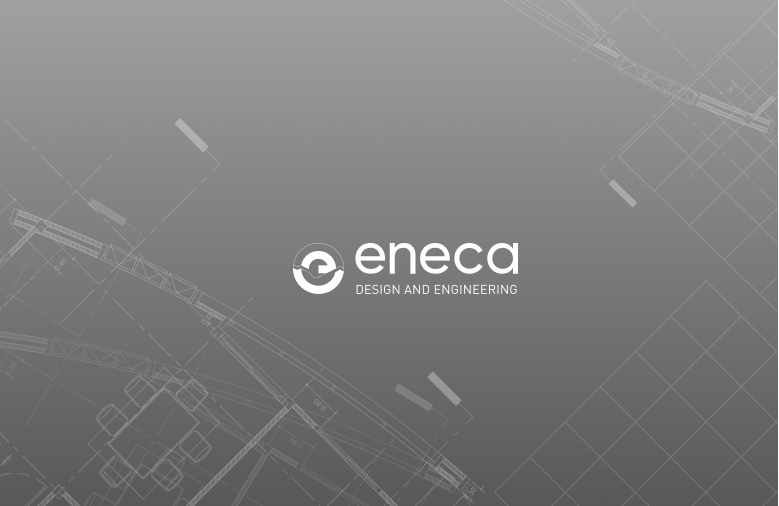Design for Renewable Energy Facilities Integrating Green Hydrogen Production
Category
Power Engineering
Date
20.12.2024
Author
Eneca
Share
What is green hydrogen?
Green hydrogen is a clean and sustainable form of hydrogen produced using renewable energy sources such as solar, wind, and hydropower. Unlike traditional hydrogen production methods that rely on fossil fuels, green hydrogen is generated through the electrolysis of water, resulting in zero carbon emissions.
This makes it a key component in the transition to a carbon-free energy future, offering an environmentally friendly alternative to hydrocarbon fuels.
Green hydrogen is a clean and sustainable form of hydrogen produced using renewable energy sources such as solar, wind, and hydropower. Unlike traditional hydrogen production methods that rely on fossil fuels, green hydrogen is generated through the electrolysis of water, resulting in zero carbon emissions.
This makes it a key component in the transition to a carbon-free energy future, offering an environmentally friendly alternative to hydrocarbon fuels.
In the energy strategies hydrogen is viewed as a universal energy carrier. It is designed to replace hydrocarbon fuels such as oil, gas, and coal with an environmentally friendly and neutral gas with high calorific value.
However, hydrogen energy faces a significant challenge—the absence of free hydrogen deposits. This means hydrogen must be produced by converting primary energy and resources into hydrogen production.
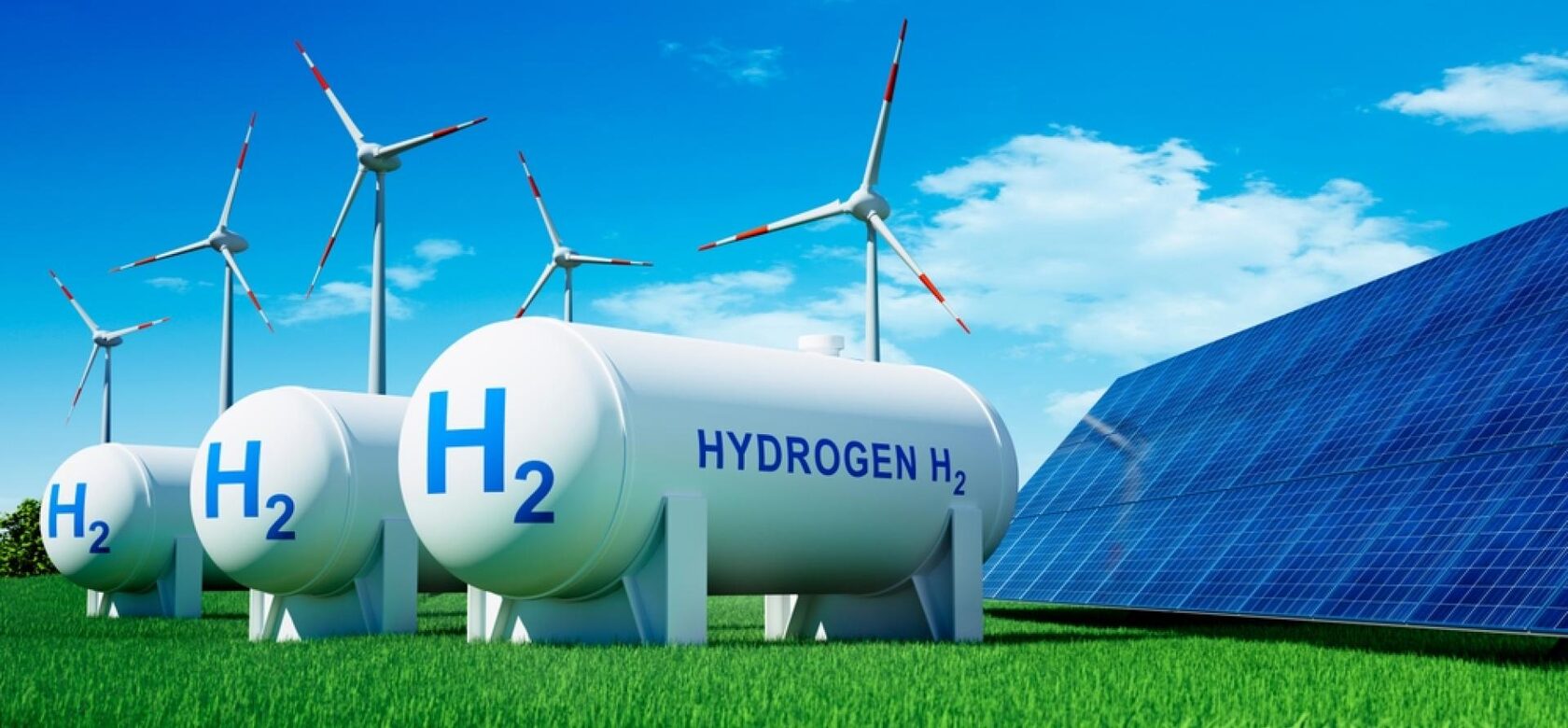
Hydrogen production as an energy carrier involves using renewable, environmentally clean raw materials—primarily water—and renewable energy sources such as solar, wind, and hydropower. This method of hydrogen production will be as natural for the Earth's ecosystem as the water cycle in nature, earning it the designation of "green" hydrogen.
The relative novelty of both industrial and architectural technologies in this field presents new opportunities for addressing architectural challenges within the industrial complex. The integration of resource-saving and architectural solutions can diversify the artistic appearance of structures and significantly improve their visual perception.
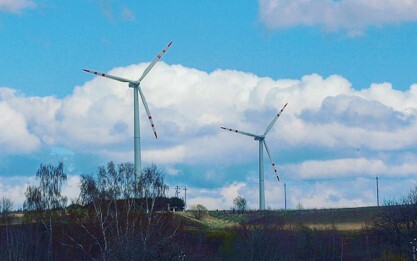
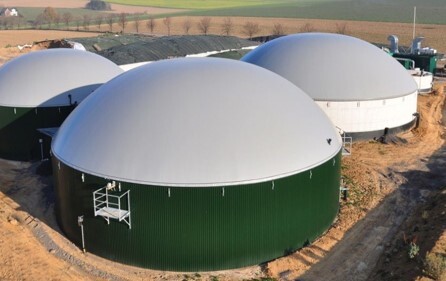
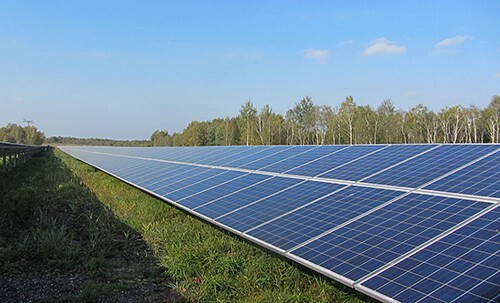
Our team has extensive experience in designing renewable energy sources. We have successfully completed projects for:
- Wind power stations with capacities starting from 1.0 MW, voltage 0.69, 10, 110 kV
- Solar power plants with capacities starting from 0.5 MW, voltage 0.40, 10, 110 kV
- Biogas plants with capacities starting from 0.3 MW, voltage 0.40, 10 kV
- Landfill gas power plants starting from 0.3 MW, voltage 0.40, 10 kV
- Generator gas power plants starting from 0.1 MW, voltage 0.4, 10 kV
- Heat pumps starting from 0.1 MW using low-potential heat sources from soil, water, and air
Our Services for alternative energy projects
Eneca's professional competence includes comprehensive engineering and consulting services aimed at addressing various tasks in the field of alternative energy, including:
- Determining the optimal construction site based on the availability of energy resources and infrastructure
- Equipment selection
- Assessing resource needs (raw materials, materials, etc.)
- Calculating investments required for the construction of the facility
- Evaluating the economic efficiency of the facility (payback period, net discounted income, cost of produced energy)
- Conducting environmental impact assessments

